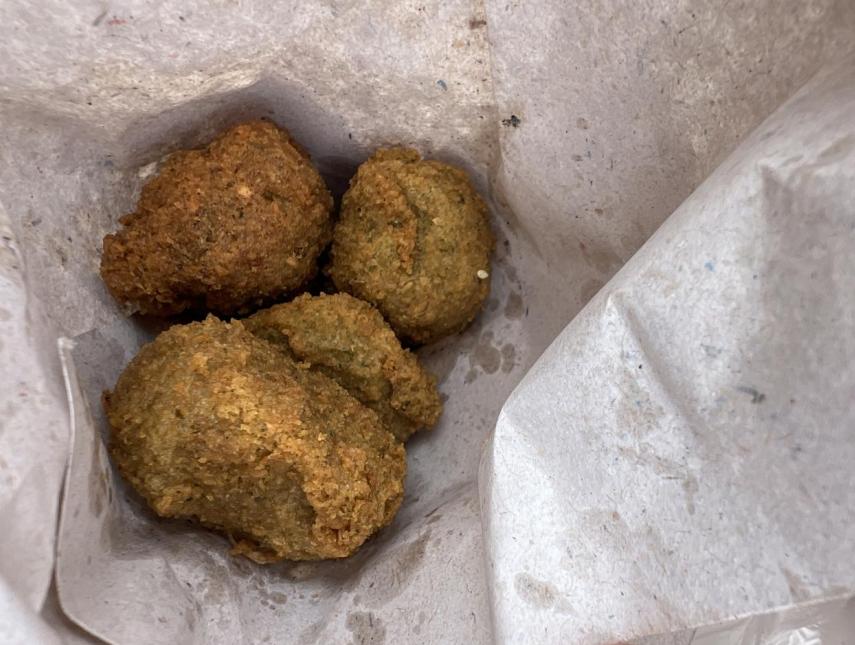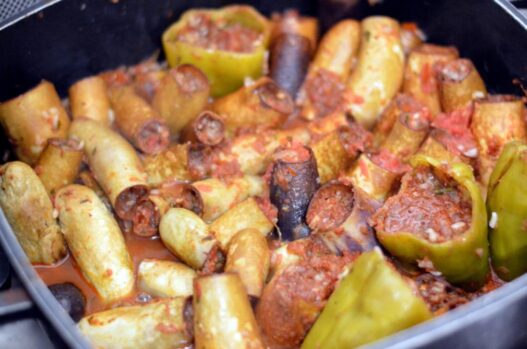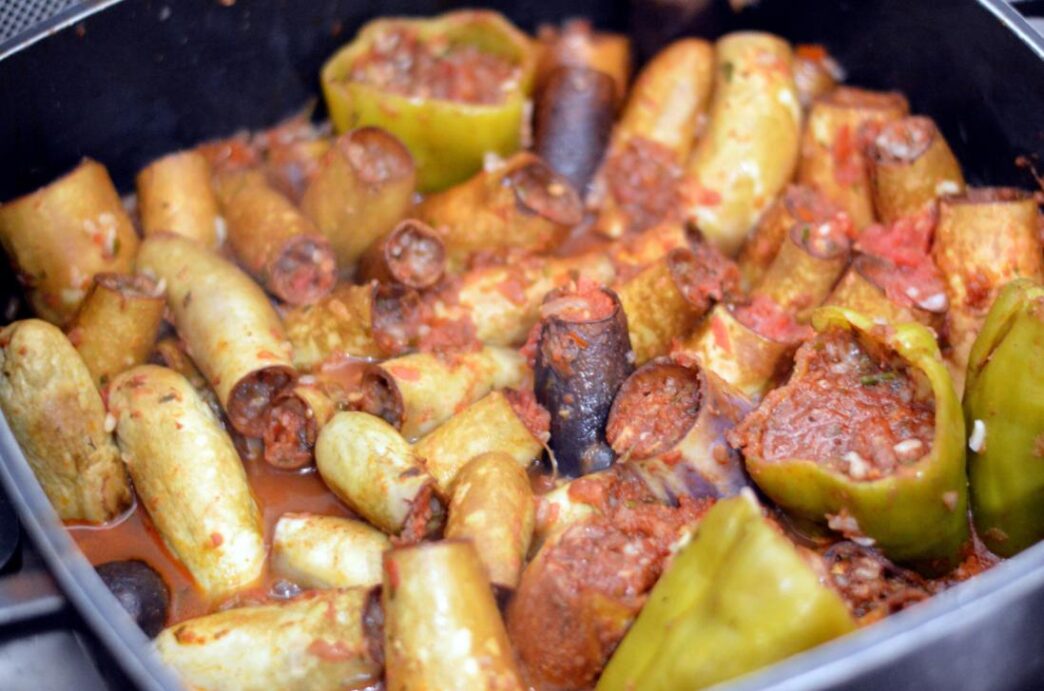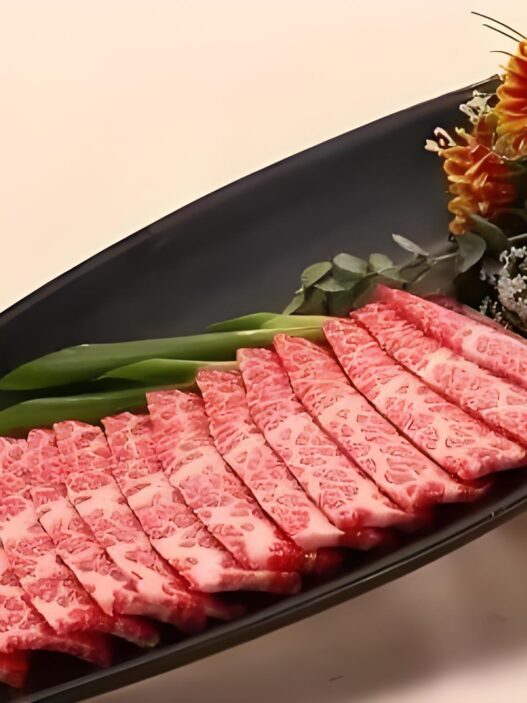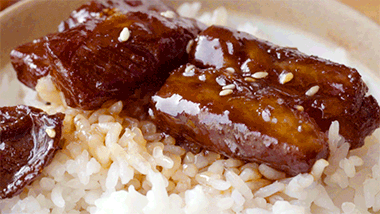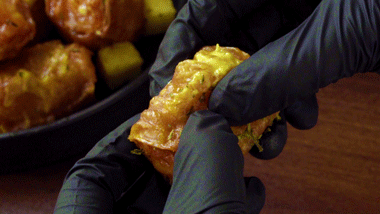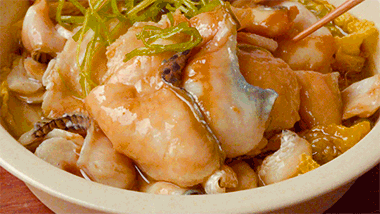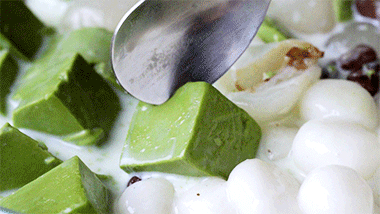Along the banks of the Nile River, one of the world’s oldest civilizations flourished—leaving behind pyramids, mummies, and something just as flavorful: recipes. This is where Egyptian cuisine history truly begins. Some Egyptian dishes eaten today trace their roots all the way back to pharaonic times. These meals are living culinary fossils, preserving the aromas and textures of a civilization over 4,000 years old.
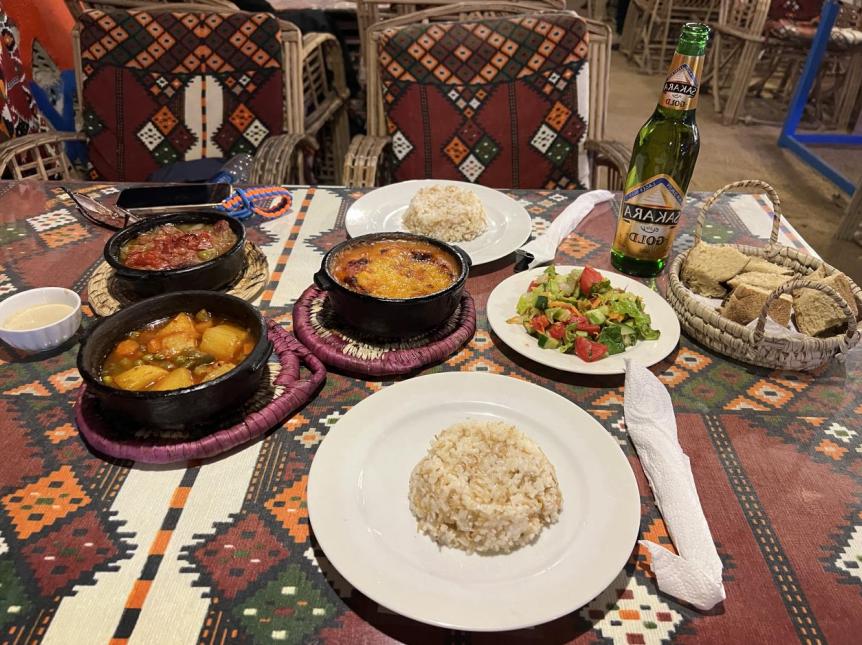
Timeless Staples That Still Feed Egypt
Aish Baladi – Egypt’s Ancient Flatbread
Step into any Egyptian home, and you’re likely to smell the warm, nutty aroma of Aish Baladi. This rustic whole grain flatbread—crispy on the outside, soft on the inside—has been a staple since ancient times. Archaeologists have even discovered bread loaves in tombs and scenes of breadmaking on temple walls.
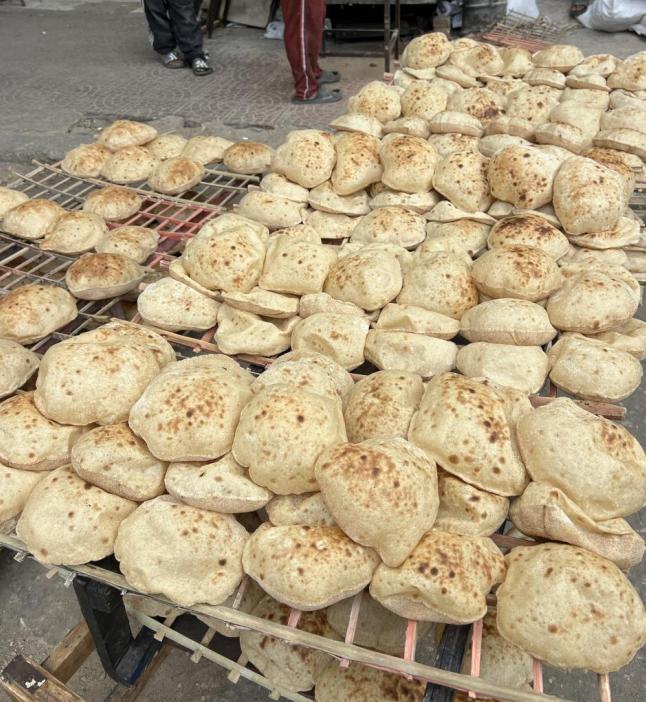
Each morning, Cairo’s streets come alive with the sights and smells of fresh bread. Delivery boys balance massive trays of Aish Baladi while zigzagging through busy alleys on bicycles. Just like their ancestors, Egyptians today dip it into bean stews or use it to scoop savory sauces.
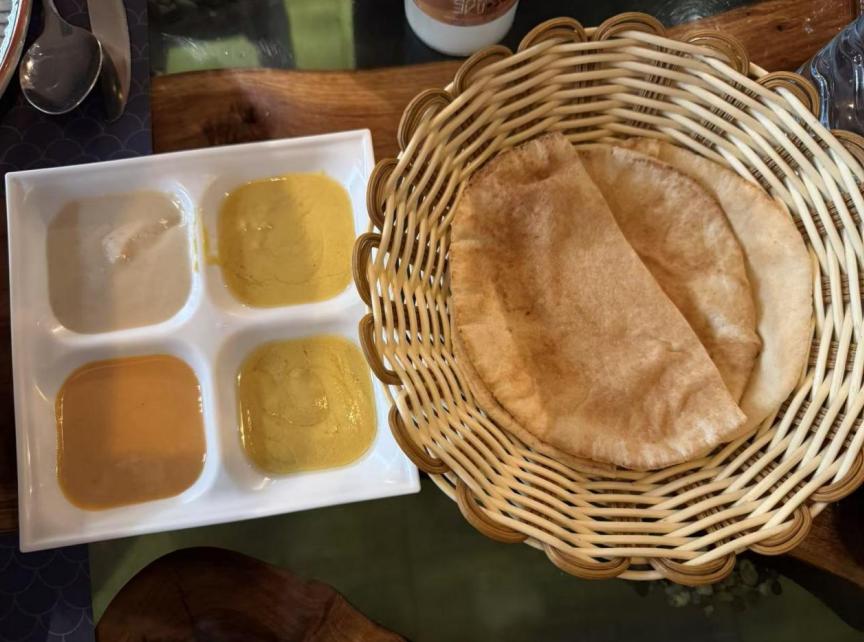
Koshari – Hearty Harmony in a Bowl
A beloved street food with ancient DNA, Koshari layers rice, pasta, lentils, and fried onions, topped with tangy tomato and spicy vinegar sauces. Though the modern version is relatively recent, its concept—mixing grains and legumes—goes back to early Egyptian farmers who made filling meals with what they had.
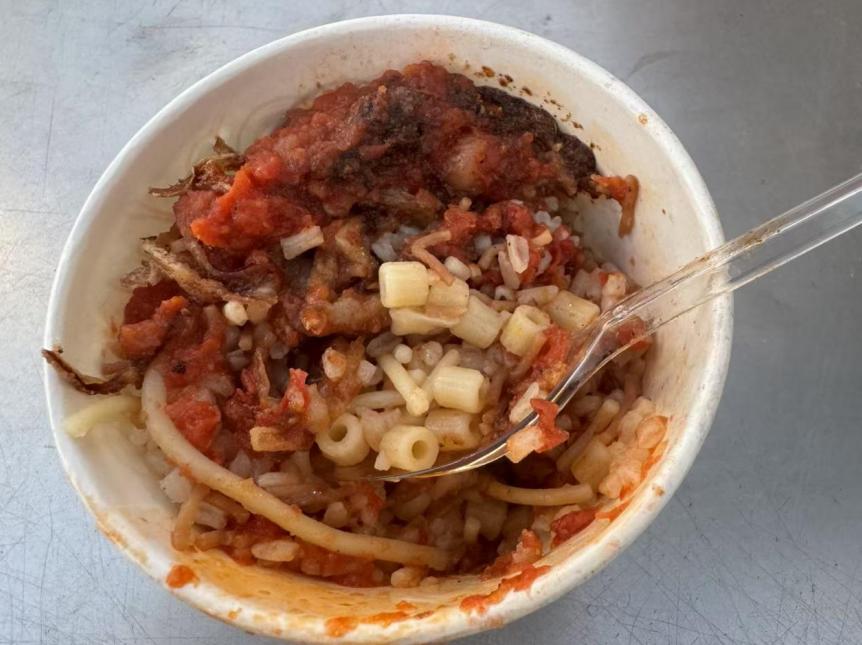
Main Courses from the Age of the Pharaohs
Ful Medames – The Pharaoh’s Favorite Beans
Considered one of the world’s oldest dishes, Ful Medames is made from slow-cooked fava beans, olive oil, garlic, lemon, and cumin. Ancient scrolls reference its preparation, showing that both peasants and priests shared its rich, earthy flavor.
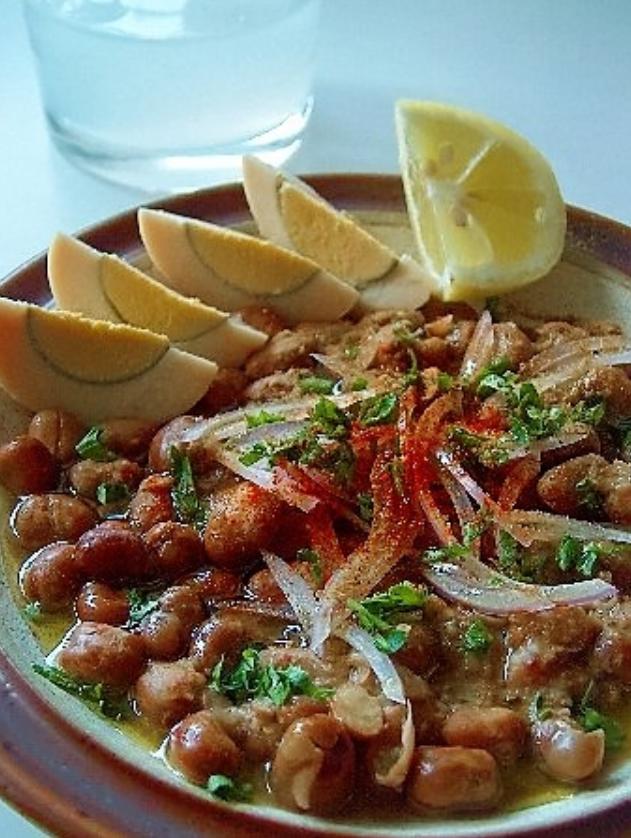
Molokhia – Green Velvet in a Bowl
Molokhia is a thick, dark green soup made from finely chopped jute leaves. Its slightly viscous texture and subtle herbal flavor made it a royal favorite. Often paired with rice or bread, the soup gets extra depth from garlic and coriander sizzling in oil.
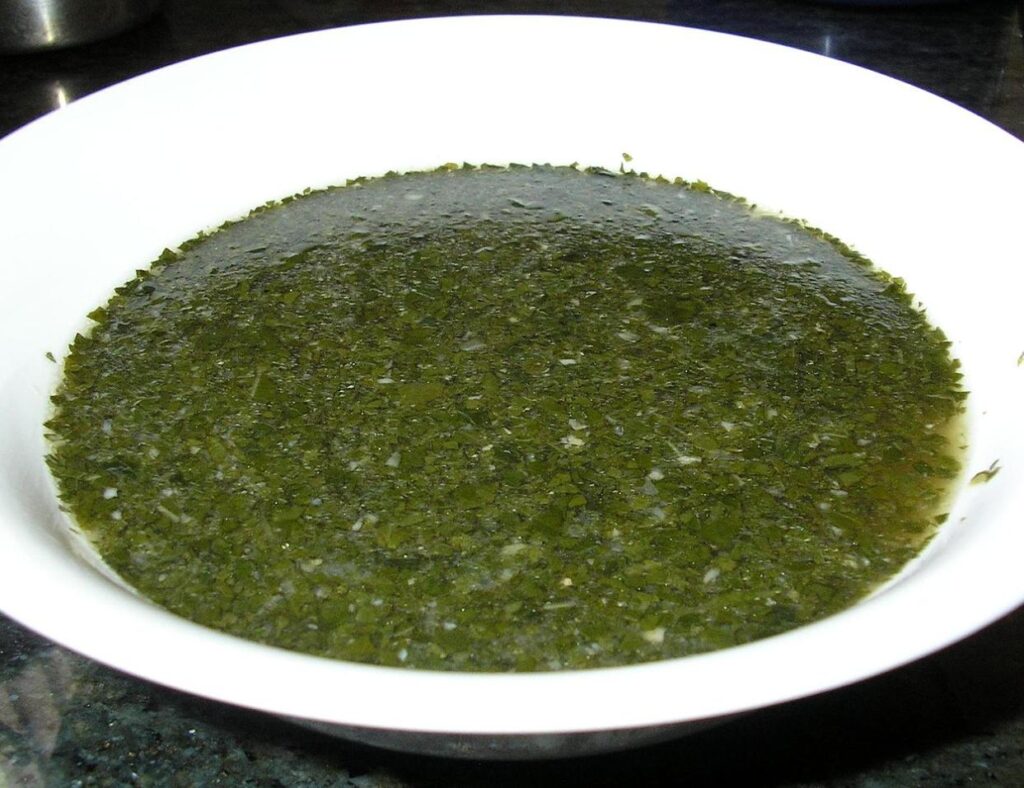
Hamam Mahshi – Stuffed Pigeon from Heaven
Roast pigeon, or Hamam Mahshi, is filled with spiced rice and slow-roasted to golden perfection. Ancient Egyptians bred pigeons both for ritual and for rich, tender meat. Today, it’s still a delicacy served during feasts.
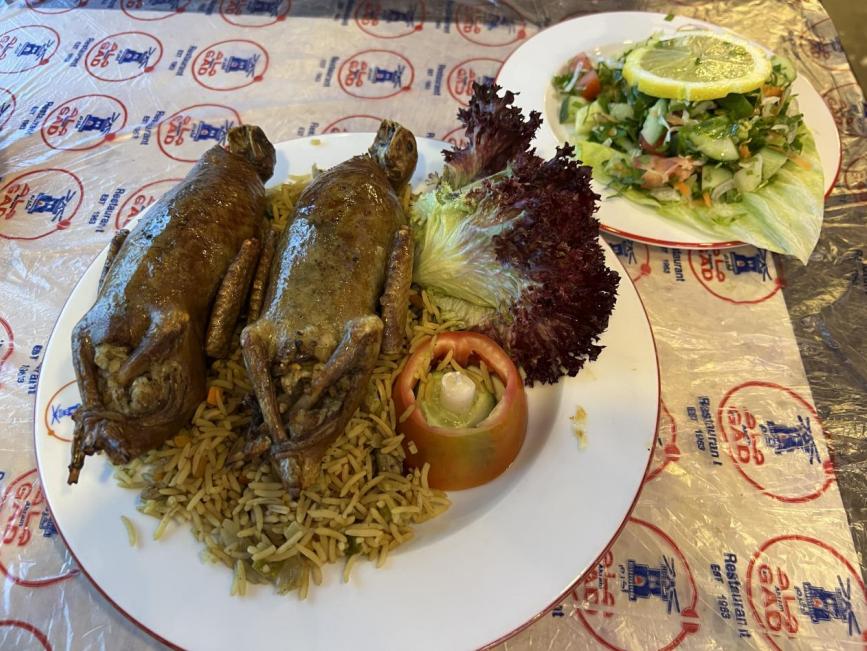
Nile Fish – Grilled Gifts from the River
The Nile has fed Egyptians for millennia. Grilled tilapia or bass, simply seasoned with lemon and spices, is smoky, juicy, and timeless. Tomb art shows ancient fishing scenes, echoing today’s riverside feasts.
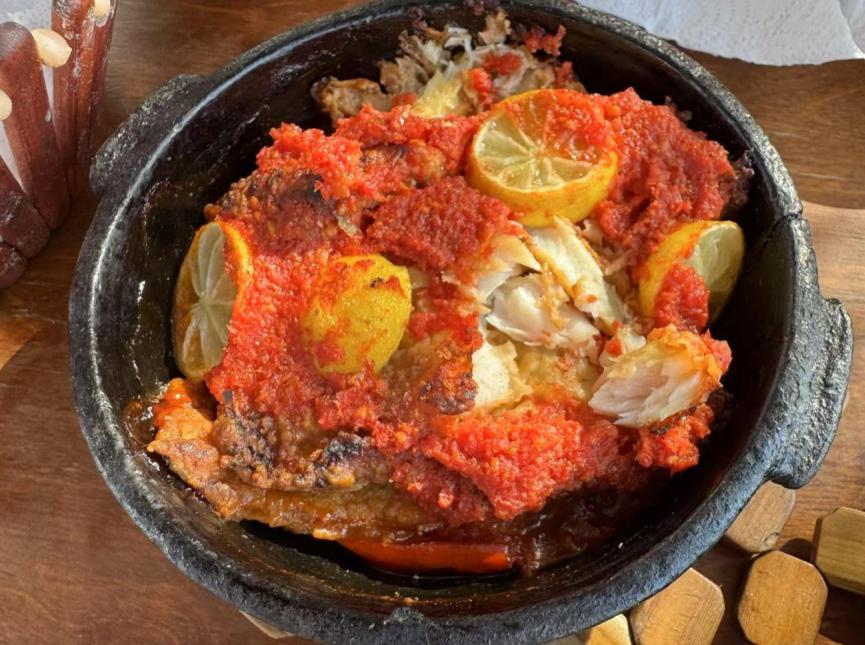
Kusa Mahshi – Sacred Stuffed Zucchini
Zucchini or eggplant stuffed with herbed rice and simmered in tomato sauce makes up Kusa Mahshi. Ancient records show early Egyptians mastered stuffing vegetables, turning humble produce into something ceremonial.
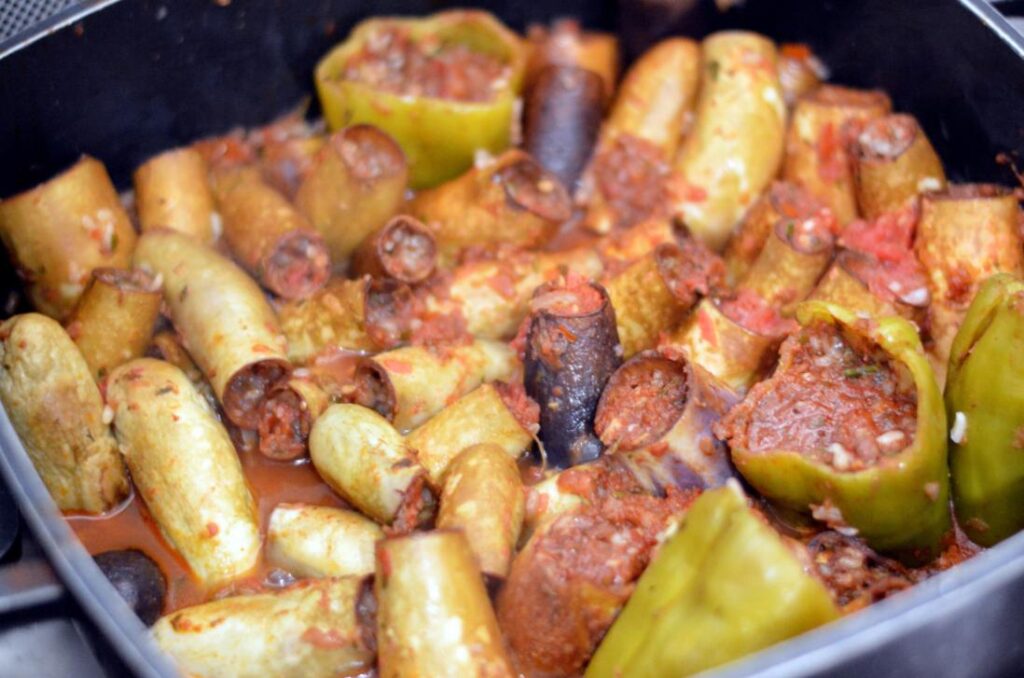
Nubian Tagine – A Southern Culinary Heritage
Tagine dishes from Nubia date back thousands of years. Using clay pots with cone lids, locals slow-cook meat with vegetables and spices. The steam-locking design and bold flavors make it a cornerstone of southern Egyptian cooking.
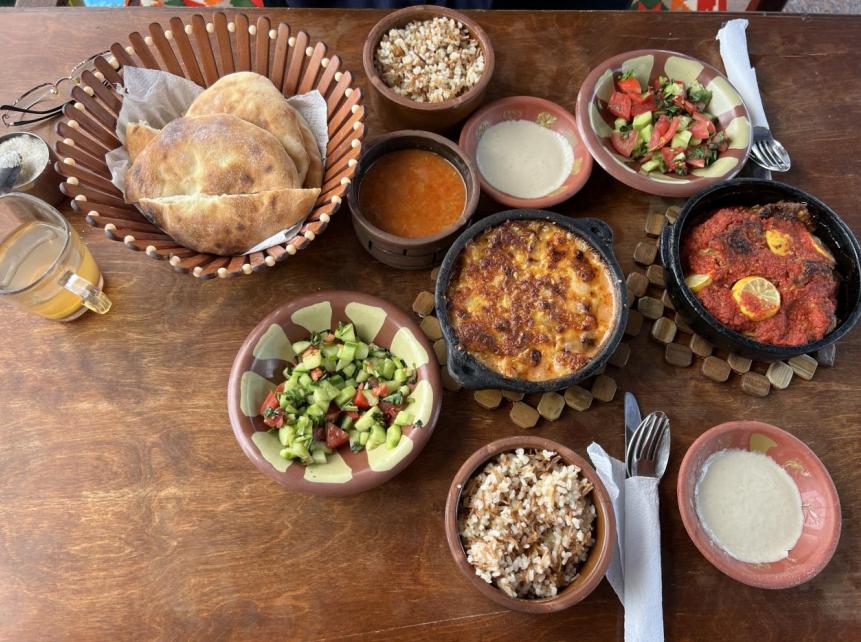
Ancient Sweets and Snacks Still Loved Today
Qatayef – The Dessert of Crescent Moons
During Ramadan, Egyptians devour Qatayef: stuffed mini pancakes soaked in syrup. Ancient versions were sweetened with honey and filled with nuts—just like now.
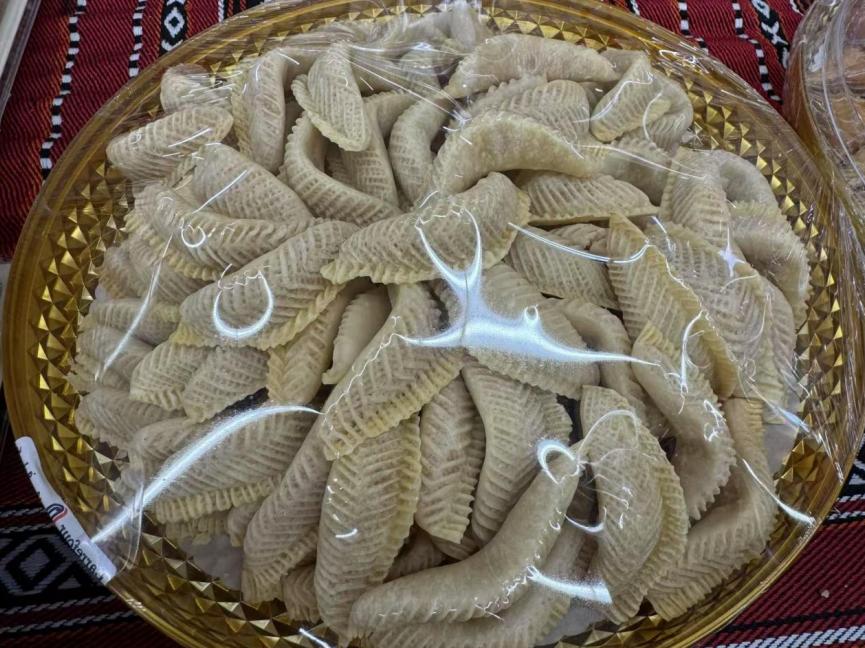
Agameya – Date Candy Worthy of a Pharaoh
Made from date paste, nuts, and honey, Agameya mirrors desserts from ancient Egypt. Dates were a dietary staple, loved for their sweetness and nutritionTa’ameya – Egypt’s Original Falafel
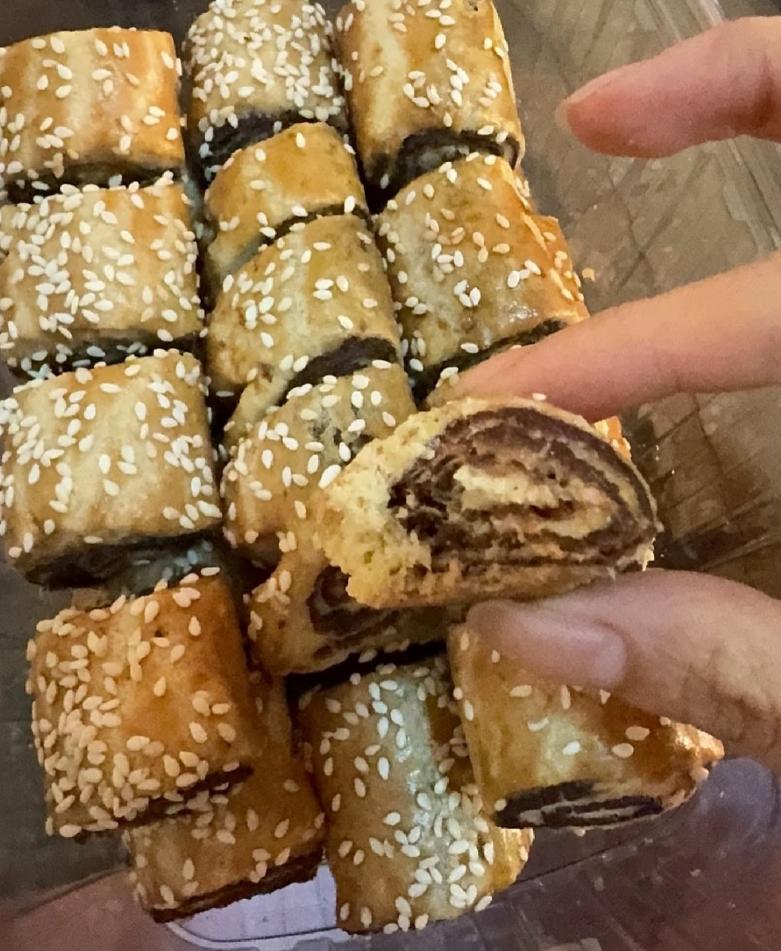
Unlike the chickpea version elsewhere, Ta’ameya uses fava beans. The result? A vibrant green fritter—crispy outside, tender inside—seasoned with parsley, coriander, and cumin. Archaeological findings suggest bean-based snacks were made even in tomb kitchens.
Tasting Time Travel
Every time you bite into a piece of Egyptian bread or savor a spoonful of ful, you’re not just eating food—you’re tasting history. The ingredients, methods, and meanings have endured for over 4,000 years, forming the very essence of Egyptian cuisine history. These timeless recipes link today’s kitchens with ancient temples. Through food, the legacy of the pharaohs lives on—deliciously.
